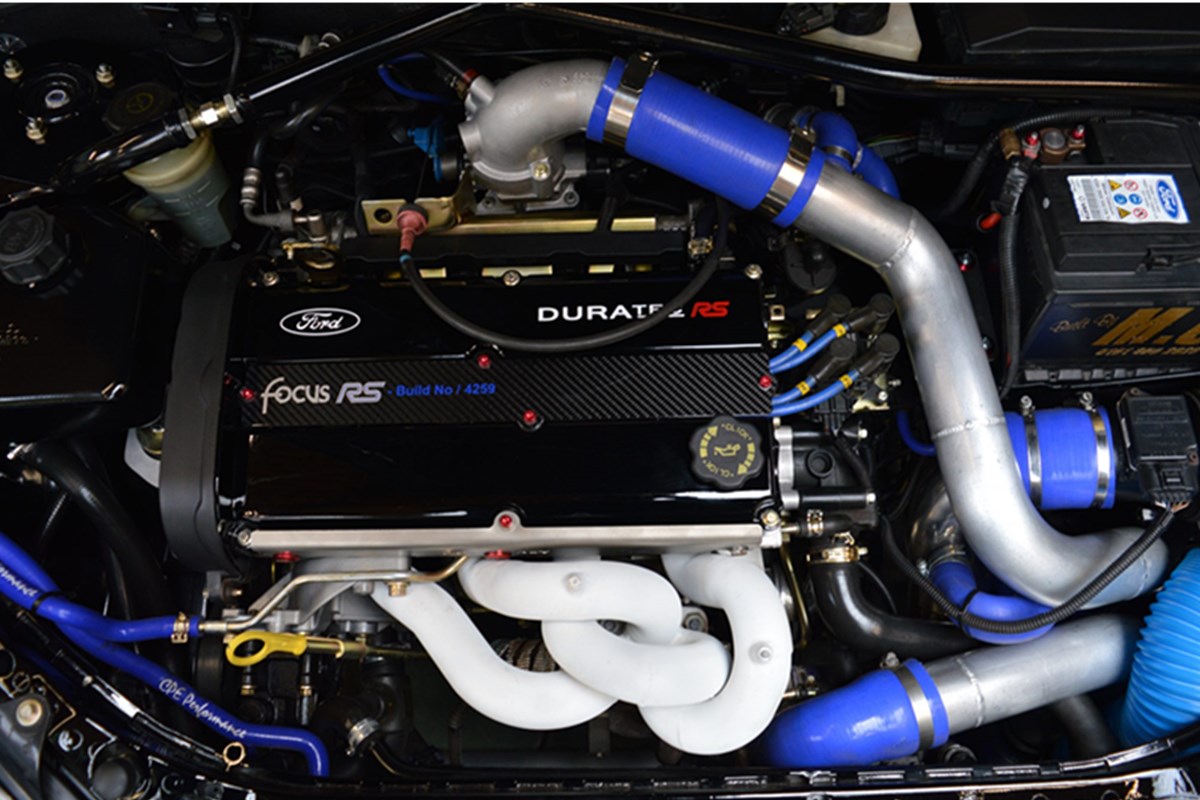What You Need To Know About Head Gasket Repair
Head gasket repair is very difficult to do at home. Repair service for a blown head gasket implies a lot of tools and a good number of man-hours. If it is not done properly, it will cause a lot of trouble after just a few miles of driving.
What Happens if You Have a Blown Head Gasket?
Head gaskets fulfill a simple role. They need to ensure that no pressure is leaked from the cylinder and coolant does not leak. A blown gasket can cause the cylinder to lose pressure which in turn causes the car to lose power and torque. At the same time, it can cause coolant to leak inside the cylinder or outside the engine block. This can cause the engine to overheat. The problems caused by blown head gaskets are severe and need to be fixed as soon as possible.
Why Are Head Gaskets Difficult to Replace?
The head gasket is placed between the engine block and the cylinder heads. For most cars, it is made from a sheet of steel and elastomer and has holes to make it go around the cylinders and coolant lines. For sports cars, the head gaskets are made from copper which is a softer metal and can withstand higher pressures.

A head gasket repair means taking out the ignition coils, spark plugs, camshaft, valves, intake manifold, piping, and many more parts. Once all these parts are taken out, the cylinder head can be removed, revealing the head gasket. The entire head gasket repair can take many man-hours and it is quite complicated, especially when removing the spark plugs which can break inside the engine. Repair service for a blown head gasket can be costly but it is mandatory. A car with a head gasket problem is not safe to drive. No experienced mechanic will ever recommend anyone to do a head gasket repair on their own.

